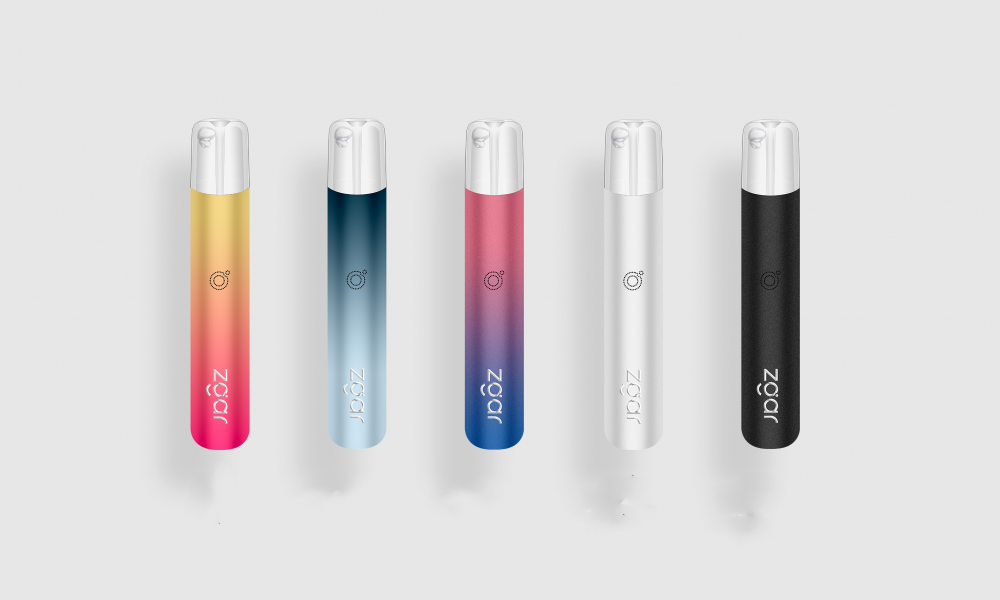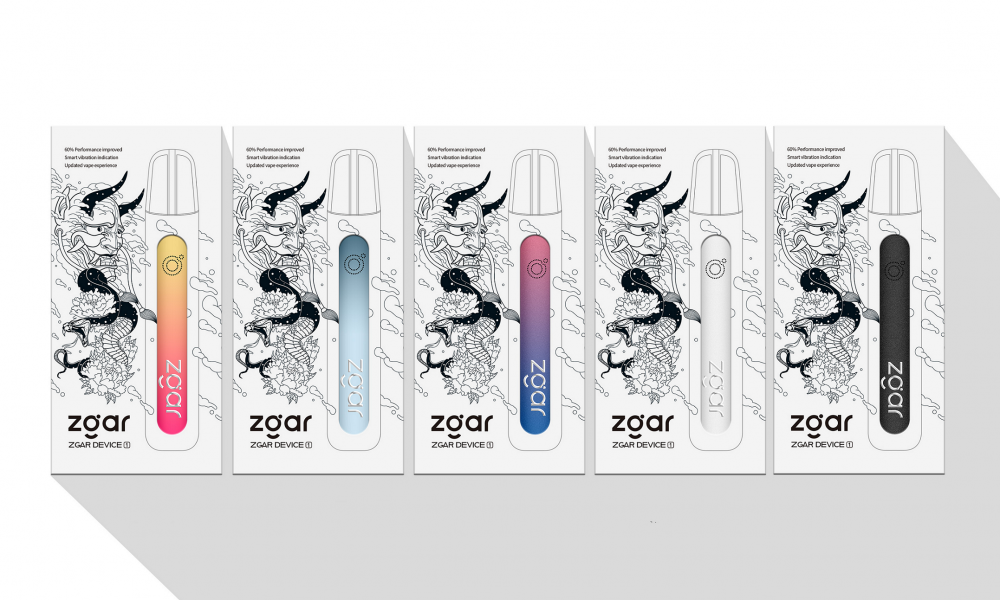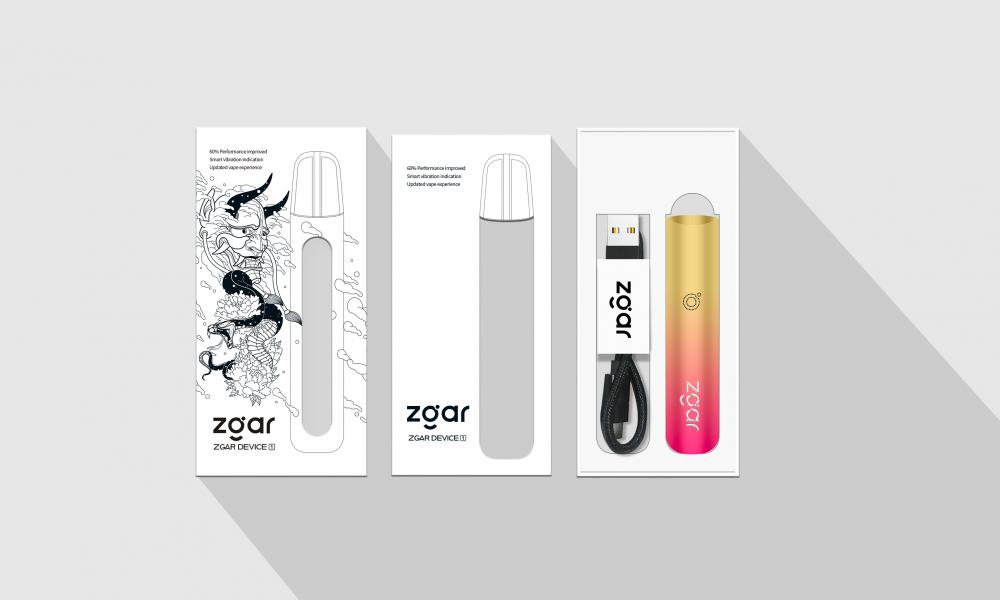This article is mainly based on the position of LED manufacturers or users to explore the corresponding use environment and location, more effective reliability test items and the basic principles of these tests, can be used as a manufacturer according to different product categories to choose more effective The reliability test can also be used as a sampling test for normal production. From the point of view of the electronic product hierarchy Level 0 to Level 3 (Note: L0 to L3 indicate four stages of electronic products from wafer fabrication, fabrication, board assembly, and system finished products), LED products are from upstream to The downstream is named after it. Due to the popularity of the products and the wider application range, the reliability requirements have been taken seriously. The major international LED manufacturers have a set of independent verification standards. This paper mainly discusses the different use environments and places from the standpoint of LED manufacturers or users, and the more reliable reliability test items and the basic principles of these tests. It can be used as a manufacturer to select more cost-effective reliability tests according to different product categories, and can also be used as a sampling test for normal production. Part reliability test LED part structure can be divided into two categories: surface mount type (SMD) and plug-in type (DIP). The LED parts are different from the materials used in general IC packaging, but the structure is similar and simple. The main reliability tests of LED parts can be divided into: reliability test pretreatment process, environmental life test, solderability, heat resistance, static electricity (ESD) and other items, and optical characteristics are measured and measured by optical characteristics before and after the test. The situation is used as a benchmark. Depending on the environment and area of ​​use, appropriate test items can be selected for verification. Reliability Test Pre-conditioning The pretreatment process is applicable to SMD type LEDs. The purpose is to simulate the assembly process of LED parts in the system factory, and to use the more severe conditions to force the parts to absorb moisture and then perform thermal stress test. It is a standard pre-processing operation process for performing LED parts reliability test. . The 5cycle temperature cycle test (Figure 1) is intended to simulate any possible risk of premature aging before use. After high temperature baking (Baking), the parts are placed in a humid environment. Generally, the moisture absorption conditions are for SMD type LEDs. It is said that Level 3 is usually used as the verification standard, and the LED parts for outdoor use and high reliability are adopted as Level 1 as the verification standard. The description is shown in Figure 1. "Figure 1 SMD parts pretreatment process" The environmental life test is the main item of the reliability test of LED parts. The product life acceleration and failure simulation is carried out through a combination of temperature, humidity and current. The common items and principles are as follows: High temperature lighting life test (HTOL) Due to the heat dissipation problem of the LED , the long-term high-temperature illumination of the part itself is to adopt the accelerated stress mode to simulate the actual use situation, and observe the brightness decay rate to estimate the product life value. The high temperature life acceleration test is the most typical method of life empirical method. The Arrhenius' Law is used to estimate the activation energy of the product to calculate the high temperature acceleration factor. The following is the basic form of the Arrhenius equation, and Figure 2 is the estimation method of the activation energy Ea. Formula One Arrhenius Equation Figure 2 Activation Energy Estimation Chart Moisture Resistance Test The parts of most LED products are exposed and must directly withstand the effects of external temperature and humidity. Especially for the environment used in wet tropical regions, because the material of the parts absorbs moisture and condensation, it will cause corrosion damage to the parts under long-term use. The temperature and humidity cycle test can accelerate the risk assessment of oxidative corrosion. The commonly used test curve is shown in Figure 3. "Figure 3 moisture resistance test temperature and humidity cycle curve" Unlike the moisture resistance cycle energization test, this test provides a steady-state test environment that is suitable for SMD parts by providing high temperature, high humidity and bias to accelerate the penetration of moisture through the protective outer layer or bonding interface. Infiltrated into the interior of the part, this test is a milder long-term aging test. Heat Resistance Test The LED DIP structure still occupies a certain proportion in the market, and most of them are expensive high-power products. The system is assembled with Wave Soldering. Therefore, such parts cannot be verified by the pre-processing of SMD-type components. The immersion method (Solder Dip) was used for immersion for 10 seconds at 260 ± 5 ° C to simulate the endurance of the thermal shock generated by the moment of contact between the parts and the solder during the wave soldering process. Solderability Test There are several methods for solderability testing, which are selected according to the way the LED parts are assembled. In addition to ensuring the quality of the solder joints of the parts, the solderability test also ensures the quality of the solder joints during the assembly of the finished product. In addition, Wetting Balance can be used to evaluate the wetting reaction speed of the part foot and tin to assess the risk of use or to correct the assembly conditions. The typical dip tin balance diagram is shown in Figure 4. The judgment points are two time points t1 and t2. Electrostatic test (ESD Test) The LED is an electrostatically sensitive part. The test is based on the Human Body Mode (HBM) and the charge device mode (CDM) of the part body. Before the test, the LED must be soldered to the test common board, and then transferred to the static test machine for the common test mode (Figure 5). At present, the LED factory is 8KV as the target. "Figure 5 LED ESD capability test diagram" The LED is at the finished end of the system (such as lighting fixtures). Because the finished product is more complicated than a single LED component (including parts, circuit control board, power supply, solder joint, mechanical structure, etc.), the reliability factor affecting the finished LED product is also Therefore, a substantial increase, in order to ensure the quality and reliability of the lamp in the life cycle, the use of the entire lamp to perform environmental simulation and reliability testing is extremely important. The focus of the experiment is not limited to the LED parts, but the overall evaluation of the lamps, environmental stress categories include high and low temperature, temperature and humidity, temperature shock, temperature cycle, high ground use, sunshine, salt spray, gas corrosion, Dust, rain, frost/snow/haze, static electricity, lightning strikes, power disturbances, power supply variations, electromagnetic radiation interference, and safety tests. The tests are generally divided into three categories to illustrate. Natural environment test (Climatic Test) In general, the temperature test is divided into high temperature (heat) and low temperature (cold) tests, and the finished products of the lamps are tested with hot start and cold start when performing high and low temperature tests, which can further highlight the benefits. The life test of the finished product is also carried out by a high temperature acceleration method (Arrhenius' Law). The humidity test is also the ability to simulate the environmental resistance of the finished luminaire in a variety of different humidity changes. Whether the circuit board is short-circuited due to electron migration after assembly is very effective in this test (Figure 6). "Figure 6 Electron Migration Short Circuit" Dynamic Environmental Test (Dynamic Test) In the application, the dynamic environment test is mainly based on mechanical structure, solder joint quality or transportation environment simulation, and the stress types include vibration, mechanical shock, and falling. Such stress is easy to cause the failure of the finished lamp assembly in the assembly mechanism, such as brittle cracking of the solder joint, parts falling off, lamp cover breakage, switch button tripping, etc. For the LED module applied to the handheld product, it is necessary to pay attention to the design in the power environment. The level of strength, so the designer needs to evaluate the product use environment or purpose in the development of the organization, to select the appropriate stress for verification to ensure quality. (Figure 7) "Standard joint break after dynamic test in Figure 7" Since the outdoor use environment is much stricter than the indoor use environment, in addition to the increased environmental resistance of temperature and humidity, it also includes solar radiation test, waterproof/dustproof test, salt spray test and gas corrosion test. The purpose of the sunshine test is to simulate the solar spectrum illumination. When the outdoor lamp is exposed to light, it will be affected by the radiant heat and the life will be shortened, the material cracked, etc., and the color of the lamp casing will be degraded after exposure. The waterproof and dustproof test is an important test item for outdoor lighting. It is usually adopted as the verification standard by IEC 60529. The IPXX rating depends on the probability that the two kinds of stress are touched when the lamp is used in the environment. If the probability is high, the probability is high. The selected waterproof and dustproof level must be higher; otherwise, the lower. The salt spray test is more important for the island-type national salt spray test. It is mainly to verify the surface coating, structural corrosion and metal salt resistance to salt spray corrosion. It is usually sprayed with salt water at a temperature of 35 degrees Celsius and a salt water concentration of 5%. To verify the conditions. Gas corrosion test, due to the presence of traces of sulfur dioxide, hydrogen sulfide and chlorine in the outdoor atmosphere, these trace gases are very corrosive to electronic connectors (gold plating) (Figure 8), so international manufacturers for outdoor products (such as mobile phones, car products, etc.), all use IEC or EIA gas corrosivity test as a verification standard. "Figure 8 gold-plated joint corrosion situation" LED applications are becoming more widespread, but without good LED parts, PC boards, and module reliability, it is impossible to have good product reliability. Therefore, each product level should play its own role and manage the supply chain. At the same time, appropriate verification methods should be properly planned in the early stage of product development to ensure the quality of the final product. (Author Xie Hankun is the senior manager of the reliability engineering department of Yite Technology, and Li Bofan is the manager of the reliability engineering department of Yite Technology)
Zgar 2021's latest electronic cigarette Aurora series uses high-tech temperature control, food grade disposable pod device and high-quality material.Compared with the old model, The smoke of the Aurora series is more delicate and the taste is more realistic ,bigger battery capacity and longer battery life. And it's smaller and more exquisite. A new design of gradient our disposable vape is impressive. We equipped with breathing lights in the vape pen and pod, you will become the most eye-catching person in the party with our atomizer device vape.
The 2021 Aurora series has upgraded the magnetic suction connection, plug and use. We also upgrade to type-C interface for charging faster. We have developed various flavors for Aurora series, Aurora E-cigarette Cartridge is loved by the majority of consumers for its gorgeous and changeable color changes, especially at night or in the dark. Up to 10 flavors provide consumers with more choices. What's more, a set of talking packaging is specially designed for it, which makes it more interesting in all kinds of scenes. Our vape pen and pod are matched with all the brands on the market. You can use other brand's vape pen with our vape pod. Aurora series, the first choice for professional users!
We offer low price, high quality Disposable E-Cigarette Vape Pen,Electronic Cigarettes Empty Vape Pen, E-cigarette Cartridge,Disposable Vape,E-cigarette Accessories,Disposable Vape Pen,Disposable Pod device,Vape Pods OEM vape pen,OEM electronic cigarette OEM e-cigarette OEM e-cig to all over the world.
ZGAR 1.0 E-Cigarette Vape Pen,ZGAR 1.0 Disposable Device Vape,ZGAR Vape Pen Device 1.0 Atomizer,ZGAR Vape Device 1.0 Disposable E-Cigarette OEM vape pen,ZGAR Vape Device 1.0 electronic cigarette Zgar International (M) SDN BHD , https://www.zgarvapepen.com
As the earth's energy is continuously decreasing, the environmental problems caused by the greenhouse effect are becoming more and more serious. Energy conservation and emission reduction, reducing the greenhouse effect and reducing the rate of resource consumption have become the common responsibility of mankind. In recent years, with the continuous improvement of LED technology and process capability, high-brightness product quality and service life have been improved, and the application fields have been gradually expanded to be higher-end products such as indoor and outdoor lighting sources, LCD backlight modules, and automotive lighting units. Furthermore, LED products generally have the advantages of small size, power saving, non-toxicity, directionality of light source, low maintenance cost, etc., and have once again received the attention of the world, and the industry has thus become an important development.
Environmental Life Test (Environmental Life Test)
The temperature cycle test is a high-temperature and low-temperature cycle acceleration test for a place where the temperature of day and night changes frequently (especially for outdoor use) in a frequent on-off machine or environment. The purpose is to use the material thermal expansion coefficient mismatch to produce a part structure. The fatigue effect. In addition, the temperature cycle energization test (PTC) can be used, which is a dynamic simulation. In addition to the temperature change stress, the power supply point-off factor is added, which is quite effective for the reliability verification of LED parts, but the test circuit board must be designed when performing the test.
Temperature cycling test (TCT)
Steady-state temperature and humidity bias test (THB)
《图四沾锡天平曲线图》
LED product reliability test
The temperature cycle test has explained its purpose in the aforementioned section on "reliability of LED parts". However, since the finished product structure of the lamp is much more complicated than that of the LED parts, the audit of the test results of the lamp is not only whether the LED is lit, including whether the structure is Deformation, cracking of solder joints, etc. are also important points of observation.
Outdoor Test for Outdoor Products
Conclusion
ZGARVAPE




